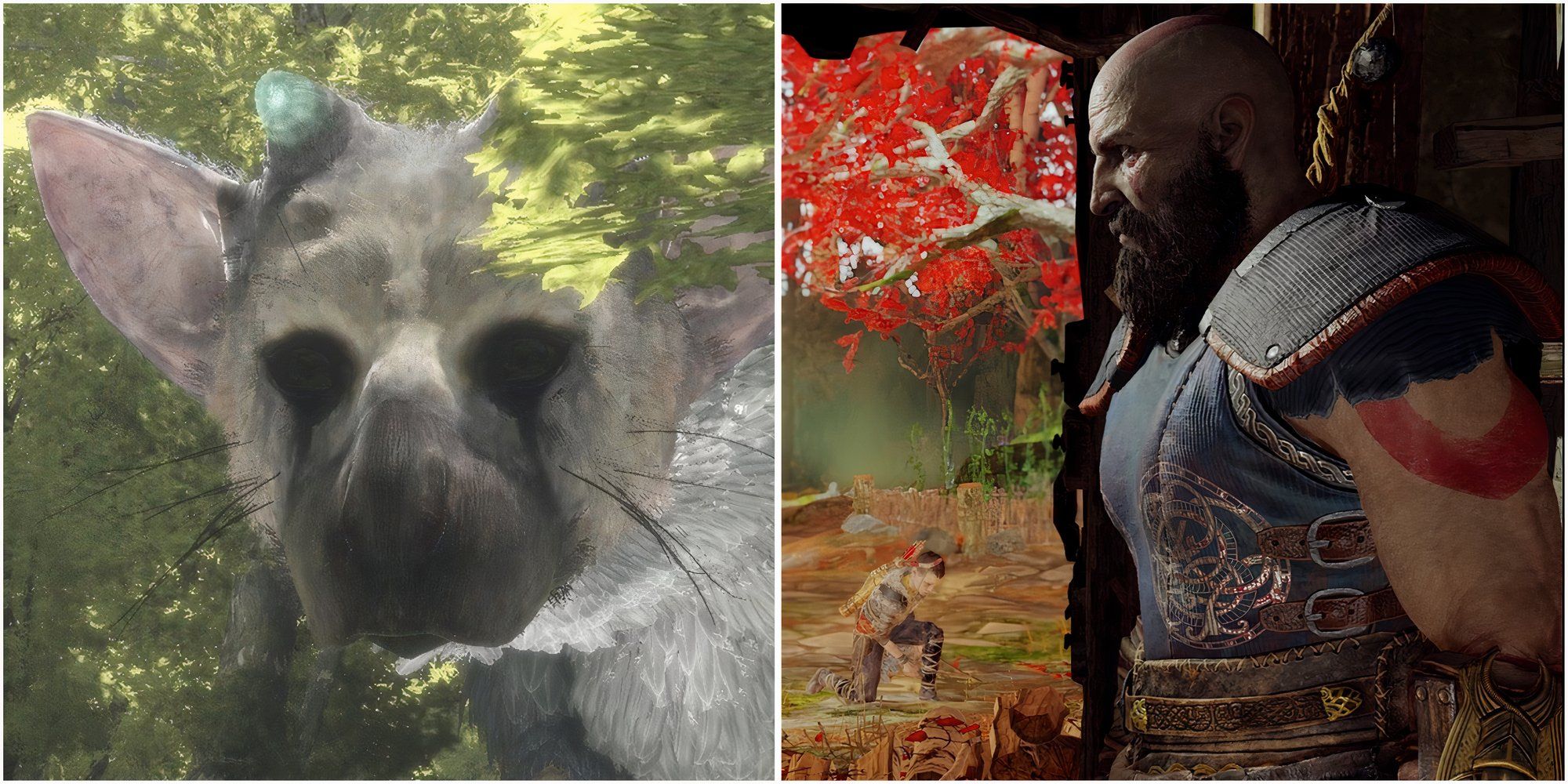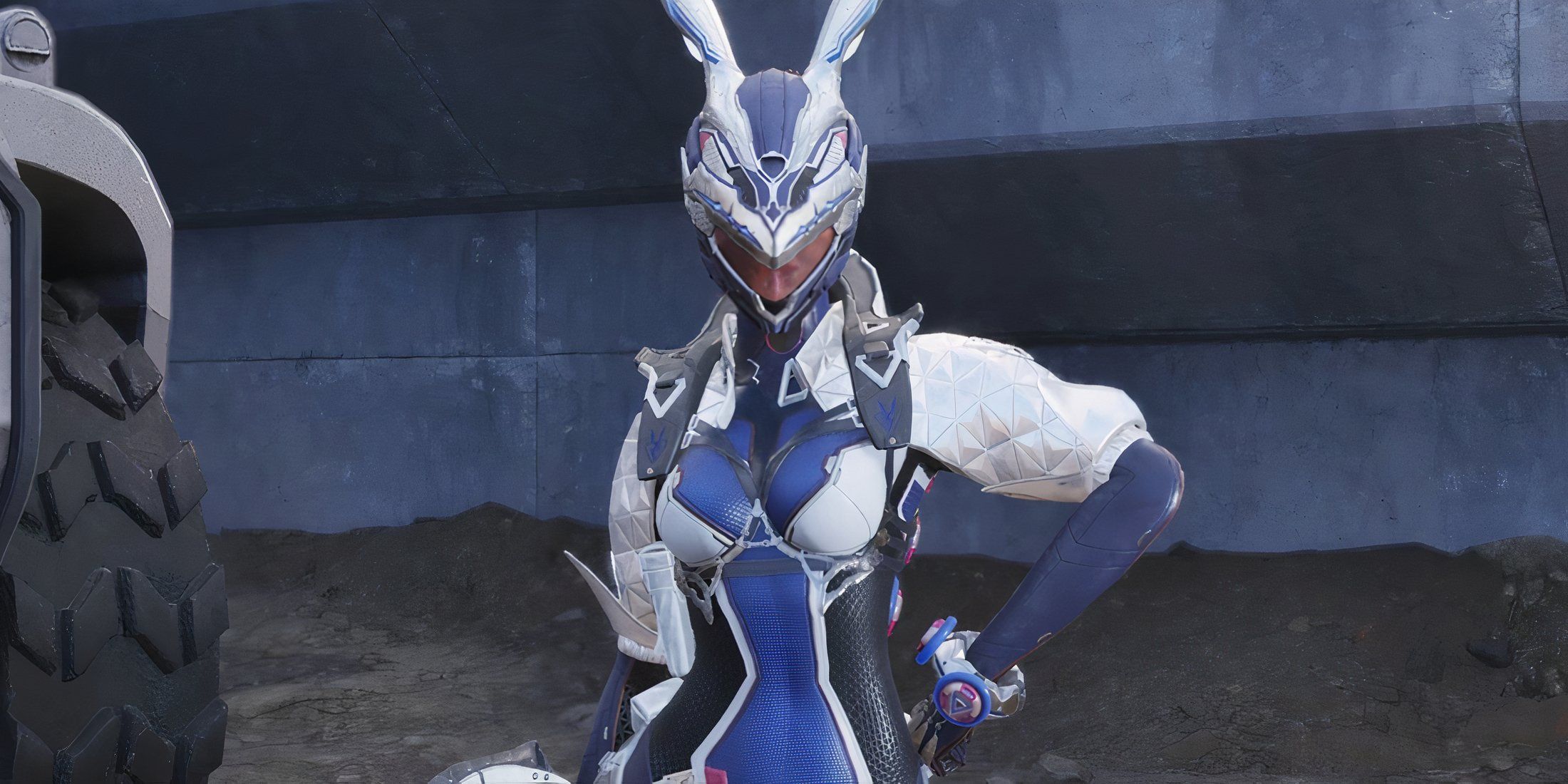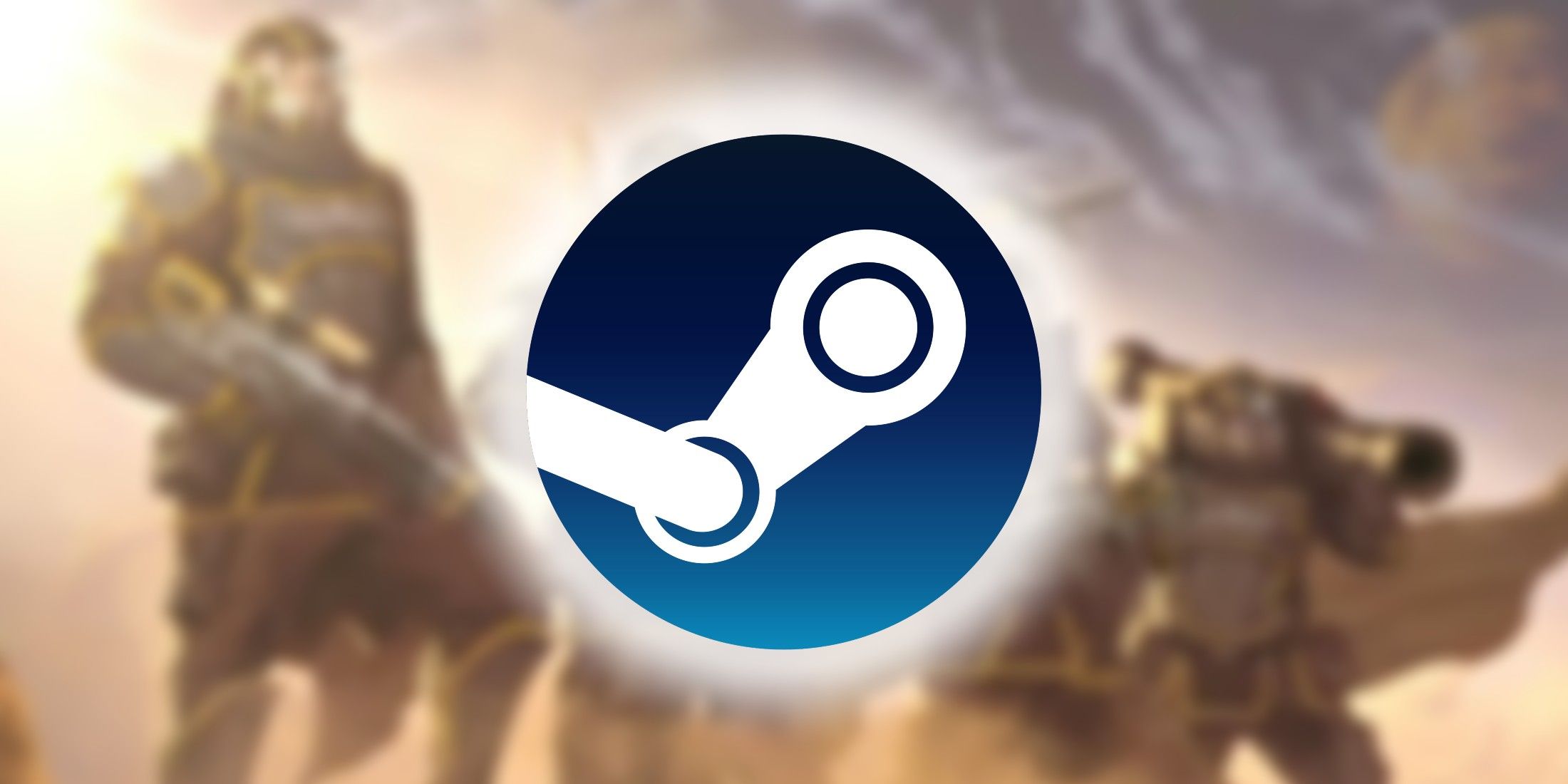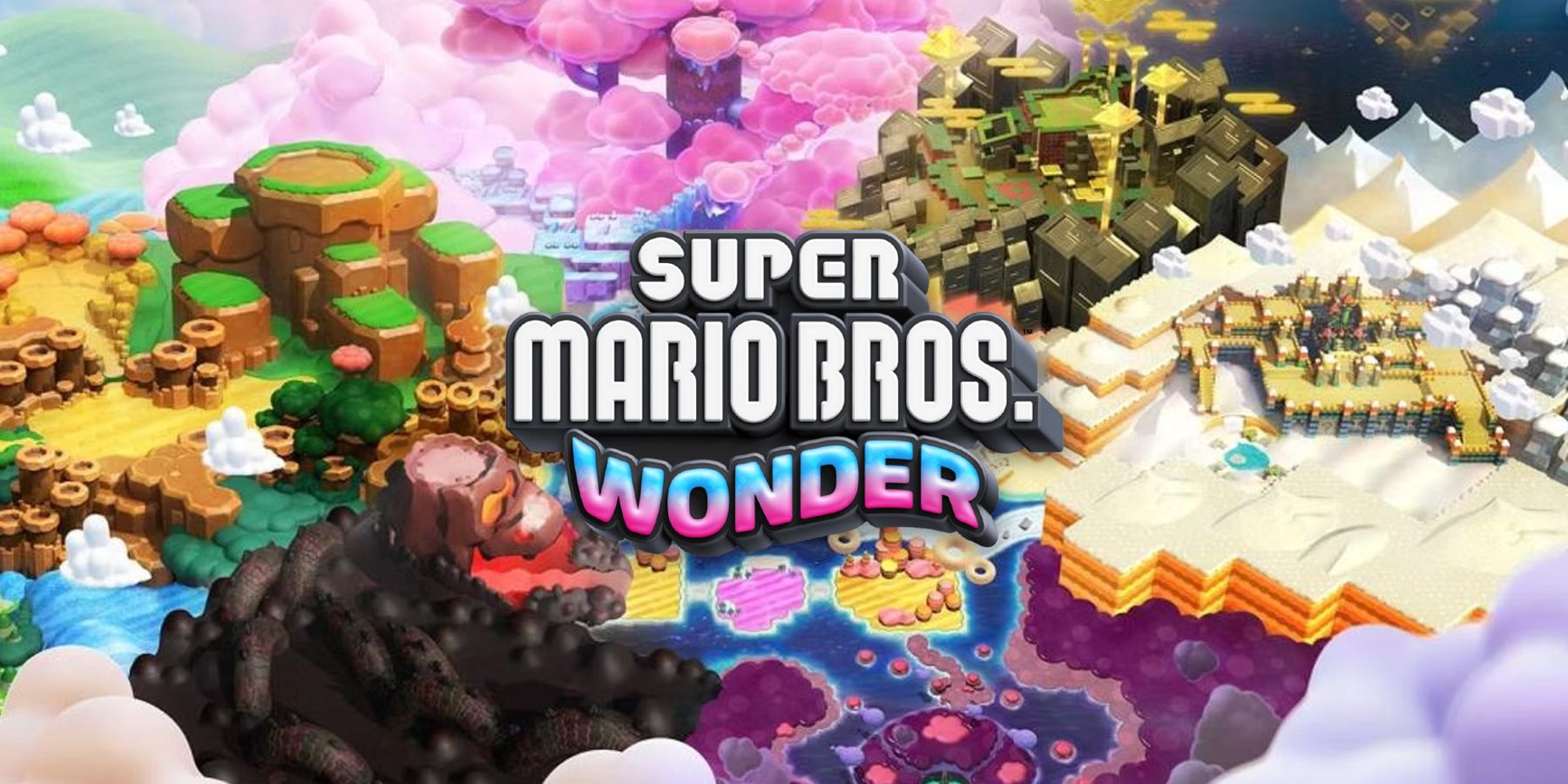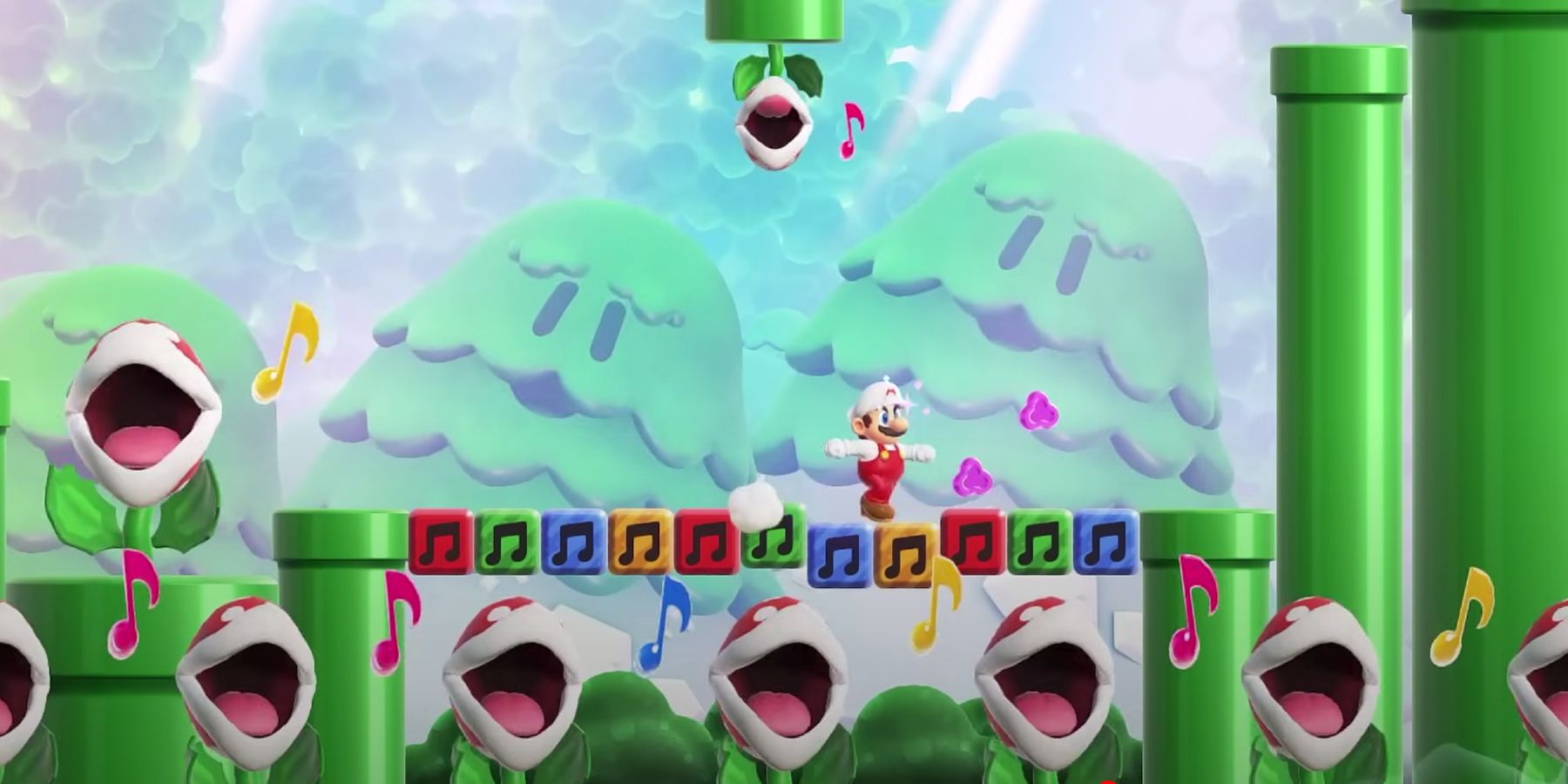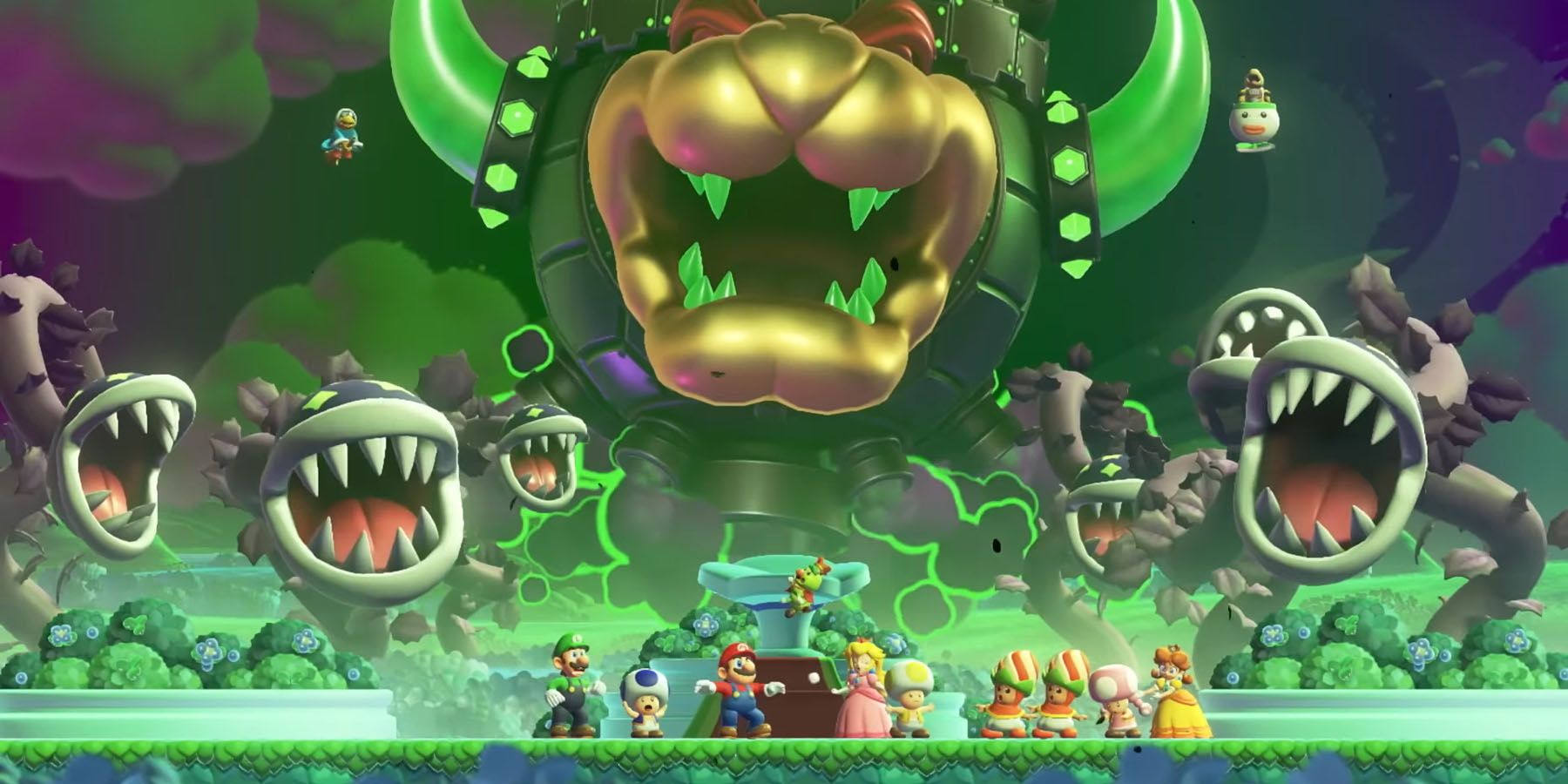Highlights
- Super Mario Bros. Wonder brings new elements to the series, such as the Flower Kingdom and Wonder Flower, but its world design sticks too closely to the classic formula.
- The Flower Kingdom's courses revolve around the Wonder Flower and music, adding spontaneity and choreographed timing to the gameplay.
- Despite fresh ideas, the world design of Super Mario Bros. Wonder follows the same old format, except for Bowser Castle, which showcases the potential of the game's concepts.
Super Mario Bros. Wonder evolves much of what fans love about the plumber's 2D adventures. The title features many firsts for the series, as it transports Mario and his friends to the Flower Kingdom, introduces a variety of new power-ups, and features a brand-new cast of voice actors for some of Nintendo's most beloved characters. The Flower Kingdom itself is filled to the brim with character, and its main item, the Wonder Flower, emboldens this character through reality-bending effects in each level. Fans likely expected, therefore, that Wonder's world design would reflect these new qualities, differentiating it from its famous neighbor. However, that is not the case. Despite individual levels that leverage the Flower Kingdom's unique items and properties, Super Mario Bros. Wonder’s worlds stick too closely to the classic formula.
Super Mario Bros. Wonder stands as both a celebration of Mario's history and the beginning of a bold new era. The title sees Mario and his friends join the Flower Kingdom's Prince Florian in an effort to stop Bowser from conquering the Kingdom. In the game's opening scenes, Bowser uses Florian's Wonder Flower to fuse with the Prince's castle and the Koopa Clown Car, forming the massive Bowser Castle and corrupting the Kingdom. Mario, Luigi, Peach, Daisy, and Yoshi are all on hand to explore the Flower Kingdom and put a stop to his plan before he can commit to the ultimate wonder. To do so, they must explore the Flower Kingdoms' various worlds and find Royal Seeds, which are capable of destroying the Cloud Piranhas that guard the entrance to Bowser Castle. Unfortunately, exploring those worlds isn't as interesting as it could be.
The Flower Kingdom's Courses are Centered Around Two Distinct Concepts
Super Mario Bros. Wonder's Flower Kingdom distinguishes itself from the Mushroom Kingdom in a variety of ways, with many centered around two specific concepts. The first, and most obvious, concept is the Wonder Flower itself, which gives each of the Flower Kingdom's courses a sense of spontaneity and character. The Wonder Flower, and the potentially devastating powers within, are at the core of Super Mario Bros. Wonder's narrative. Nearly every course in Wonder features the opportunity to experience a Wonder Effect, altering either the level design or player character in an optional effort to claim an additional Wonder Seed.
The second, and more layered, central concept within the Flower Kingdom is music. Super Mario Bros. Wonder introduces music, beats, and choreographed timing throughout many of its courses. Some, such as Piranha Plants on Parade, see their Wonder Effect illicit complex musical episodes, whereas others use the course's music as a cue for utilizing certain badges or abilities. Additionally, each world within the Flower Kingdom features Break Time courses, during which players assemble classic Super Mario musical arrangements. While Super Mario Bros. Wonder's courses reflect the distinct concepts at its center, its world designs fail to follow suit.
Super Mario Bros. Wonder's Worlds Are More of the Same
Despite Super Mario Bros. Wonder boasting plenty of fresh ideas, its world design continues to follow the same old formula. Following a brief introduction to the Flower Kingdom, players are transported to the title's first-world Pipe Rock Plateau. Pipe Rock Plateau reflects the usual simple and green platforming found in prior titles' first worlds, and, unfortunately, the rest of Wonder's lands follow suit. Mario's adventure beyond Pipe Rock Plateau sees him explore the usual Sky, Water, Desert, and Lava worlds before unlocking the final battleground with Bowser.
Most interestingly, Bowser Castle, Super Mario Bros. Wonder's final world, completely doubles down on its two central concepts, as if attached to a completely different experience. Upon reaching full power, Bowser Castle takes on a heavy metal aesthetic, with the Koopa King asking if the player character is ready to lose themselves in his beat, and claiming that his final Wonder will make the entire universe his captive audience. Bowser Castle stands as a testament to what Wonder's world concepts could have been, and in the end, Super Mario Bros. Wonder's decision to follow the same formula for world design as previous titles stands as a surprising misstep in an otherwise fresh and unique title.
Super Mario Bros. Wonder is available now, exclusively for the Nintendo Switch.

